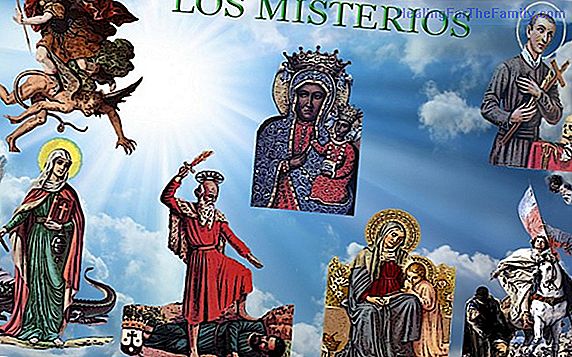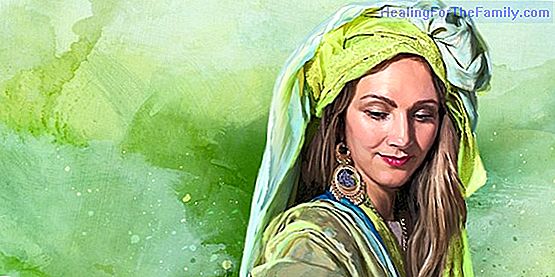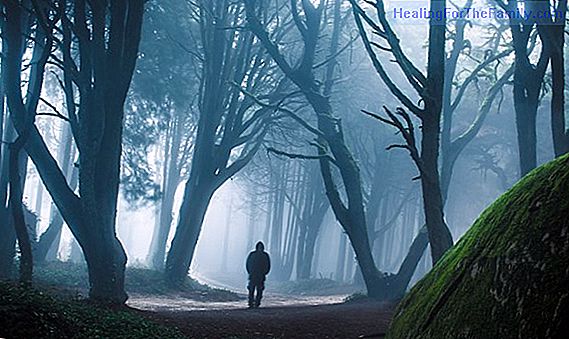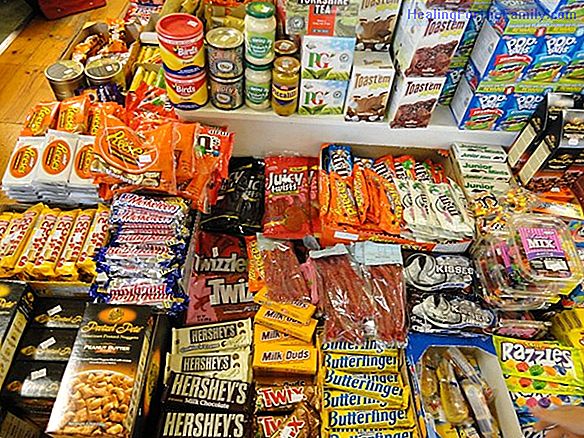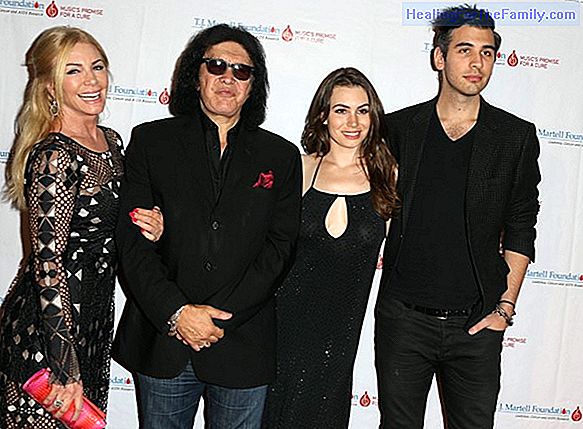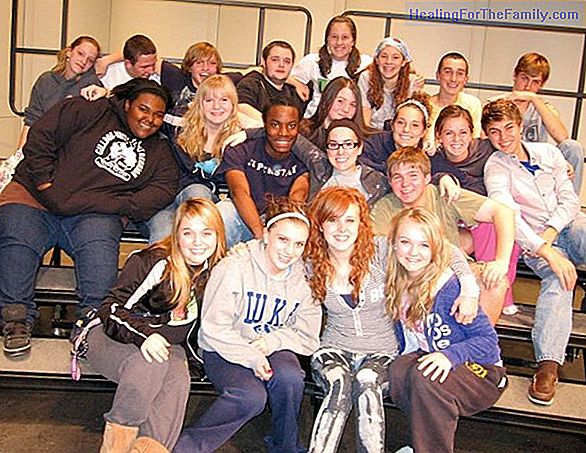Lice: the life cycle of lice in children
Since the seventies, there has been an overall increase in the number of cases of head lice or pediculosis capitis . This plague is considered by some authors as the most common contagious disease in schools, after respiratory infections. In fact, it mainly affects children, and in particular those
Since the seventies, there has been an overall increase in the number of cases of head lice or pediculosis capitis. This plague is considered by some authors as the most common contagious disease in schools, after respiratory infections. In fact, it mainly affects children, and in particular those who are between the ages of 5 and 11 years old. Lice are present all year round, with peaks in summer and in autumn.
Lice are small parasites that feed on human blood and, for this reason, are called hematophagous. They tolerate very poorly the lack of food and live feeding almost continuously. This is the reason why they always live on top of their host and if they separate, they end up dying in a short time. They live in the heads of children and adults, and prefer the hair and scalp found in the areas of the nape and behind the ears.
How are the lice?
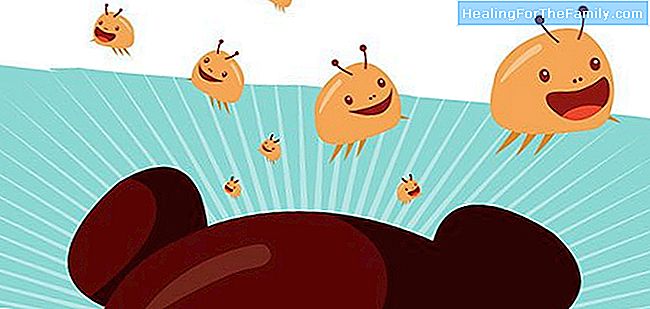
During their life cycle, lice can be seen in three different ways: the nit, the nymph and the adult louse.
The nit: is the egg that is often confused with dandruff flakes or hair spray. The nits are attached to the hair, have a white or yellowish color and are oval in shape. Its size is about 1 mm in length and have a globose shape. The eggs take a week to hatch. The nits adhere strongly to the base of the hair with an adherent secretion, which is the saliva of the louse. It acts as a very powerful glue, insoluble in water and very resistant.
Nymphs: are young lice. They look the same as adult lice, but they are smaller. They become adult subjects in a period of 7 days and feed on the blood of their host.
The adult louse: is similar in size to the sesame seed, has 3 pairs of legs and its color is white-grayish. The females are usually somewhat larger than the males. Adult lice usually live about 30 days in the head of the host, feeding on their blood, and if they fall from the head they die in about 2 days.
The life cycle of the louse
The life cycle of the louse has 3 stages: nit, nymph and adult louse. The nits or eggs that the females lay near the base of the hair are usually located less than 6 mm from the scalp. These eggs hatch after one week, giving rise to the nymphs, yellowish-yellow in color, which after 7 days acquire the adult size. The females usually have a larger size and lay 8 eggs a day. Fertilized females usually deposit 250 to 300 eggs during their life cycle.
1. The life cycle of the louse lasts 30 to 40 days. The adult state is reached after approximately 10 days and during that time 3 successive molts are produced. Thus, from the laying of the egg to the emergence of the adult, 17 days pass in total, at which time copulation and reproduction begins.
2. Between days 17 to 19, lice eat and copulate almost exclusively. In these same days, the female lays her first egg, because for this she only needs or takes a day after copulation. En 3. On days 19 and 35 of life, the male will copulate with any female
that passes by him and, at the same time, the females will not stop laying eggs, from 4 to 8 a day, which may mean a total of 300 eggs. Therefore, day 17 is a reference number in the fight against lice and the success of the treatment can not be guaranteed until 17 days have elapsed. This also means that we must insist on the treatment during these 17 days until we can be sure that there will be no egg or fertile female able to regrow the pediculosis.
Marisol New
Writer of Guiainfantil.com If you want to know more about lice we have prepared a series of videos of lice and pediculosis with an expert who will give you a lot of information about what they are, how to prevent them and how to treat them


